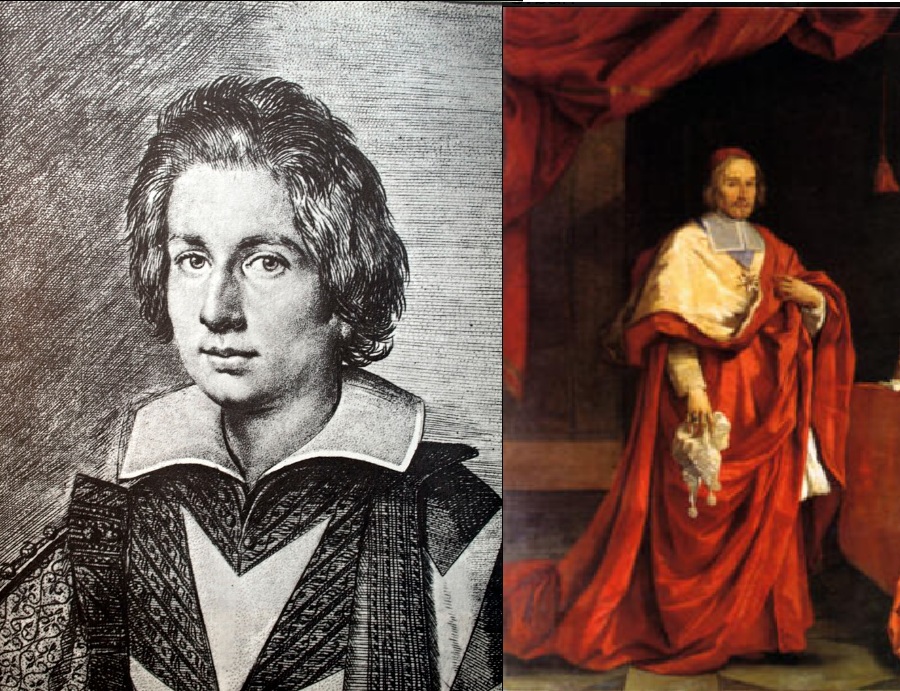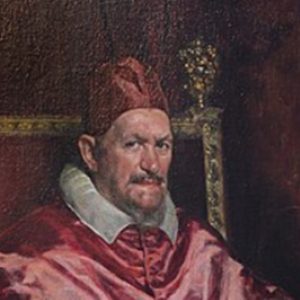Antonio Barberini was born on 5 August 1607 in Rome, the youngest of six children to Carlo Barberini and Costanza Magalotti. Educated at the Collegio Romano, he followed his brothers into church service.
His uncle, Maffeo Barberini, became Pope Urban VIII when Antonio was 16. Two years later, Urban VIII made him a cardinal—an act of nepotism common among popes of the era.
As cardinal-nephew, Antonio shaped 17th-century Italian politics, religion, art and music. He served as papal legate in Avignon and, from 1636, as Crown-Cardinal-Protector of France. He took part in several papal conclaves, influencing the elections of Popes Innocent X (1644), Alexander VII (1655) and Clement IX (1667).
During Urban VIII’s 21-year pontificate, Antonio amassed over 63 million scudi in personal wealth. He and his brother Taddeo led papal forces in the Wars of Castro. They briefly occupied Castro before suffering setbacks and nearly losing Antonio to capture. Their losses forced the Pope to negotiate peace with the Farnese family.
After Urban VIII’s death, Pope Innocent X accused the Barberinis of financial mismanagement. Antonio and Taddeo fled to Paris under Cardinal Mazarin’s protection. Under Pope Alexander VII, Antonio returned to favour as Cardinal Bishop of Frascati. Louis XIV later appointed him Archbishop of Reims.
Patron of the Arts
Barberini was a notable patron of the arts. He commissioned Bernini to design the Palazzo del Propaganda Fide and the Teatro delle Quattro Fontane. He supported composer Marco Marazzoli, who dedicated his Fiori Musicali to Antonio in 1635.
Barberini amassed a significant Caravaggio collection and commissioned sculptor Lorenzo Ottoni. During his exile, Borromini replaced Bernini’s chapel in the Propaganda Fide complex with his own design.
Antonio’s personal life drew scandal. He kept several mistresses – one whipped during Carnival, another dying mysteriously while pregnant. He also faced rumours of a relationship with castrato singer Marc’Antonio Pasqualini. In later years, he renounced these excesses and embraced a more devout life.
Antonio Barberini died at Nemi on 3 August 1671, two days before his 64th birthday. Gian Lorenzo Bernini sculpted his funerary monument in San Giovanni dei Fiorentini, Rome, immortalising a turbulent yet influential cardinal.
Also read: On this day in history: Caravaggio commits murder





